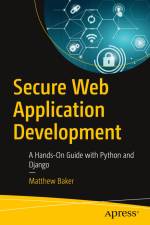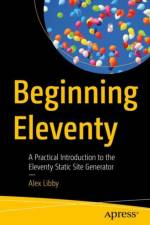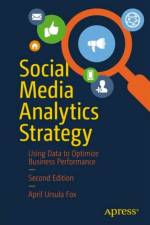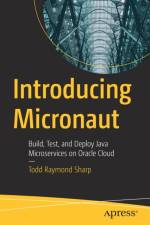av Slava Gomzin
397
Use this practical, step-by-step guide for developers and entrepreneurs to create and run your own cryptocurrency. Author Slava Gomzin has created two cryptocurrencies and describes in this book the technology and economics of cryptocurrencies as preparation for crypto trading, investing, and other business activities. A detailed overview of special topics includes security, privacy, and usability of crypto as a mainstream payment system.Part I, Understanding Crypto, explains the technology and economic, security, and usability aspects of crypto. This is an introduction to the world of cryptography, blockchain tech, and other elements of crypto such as security, privacy, and a detailed review of payment processing.Part II, Using Crypto, provides the practical knowledge you need to dive into the crypto business such as investment, trading, and even creating your own crypto project.Part III, Creating Your Own Crypto, teaches you how to launch your own crypto project and create your own cryptocurrency.What You Will LearnKnow how cryptography, Bitcoin, and other cryptos workUnderstand how crypto becomes money, and how crypto exchanges workUse crypto as a payment methodBuy your first crypto and know what exchange you should useBe aware of the most dangerous crypto attacks and what to do about security and privacyMaintain anonymity and privacy while dealing with cryptoKnow how Monero (the most popular privacy-centric cryptocurrency) worksCreate and run your own crypto projectCreate your own token, both regular (fungible) and NFT (non-fungible), from selecting the platform to economics and financesWho This Book Is ForCrypto inventors, entrepreneurs, developers, investors, and advisors who are thinking about creating their own cryptocurrency; traders and investors, both professional and amateur, looking to enter the crypto markets; and software architects, developers, managers, consultants, executives, and crypto enthusiasts working for merchants, banks, fintech companies, and many other businesses that have started accepting crypto payments or dealing with other aspects of crypto






























